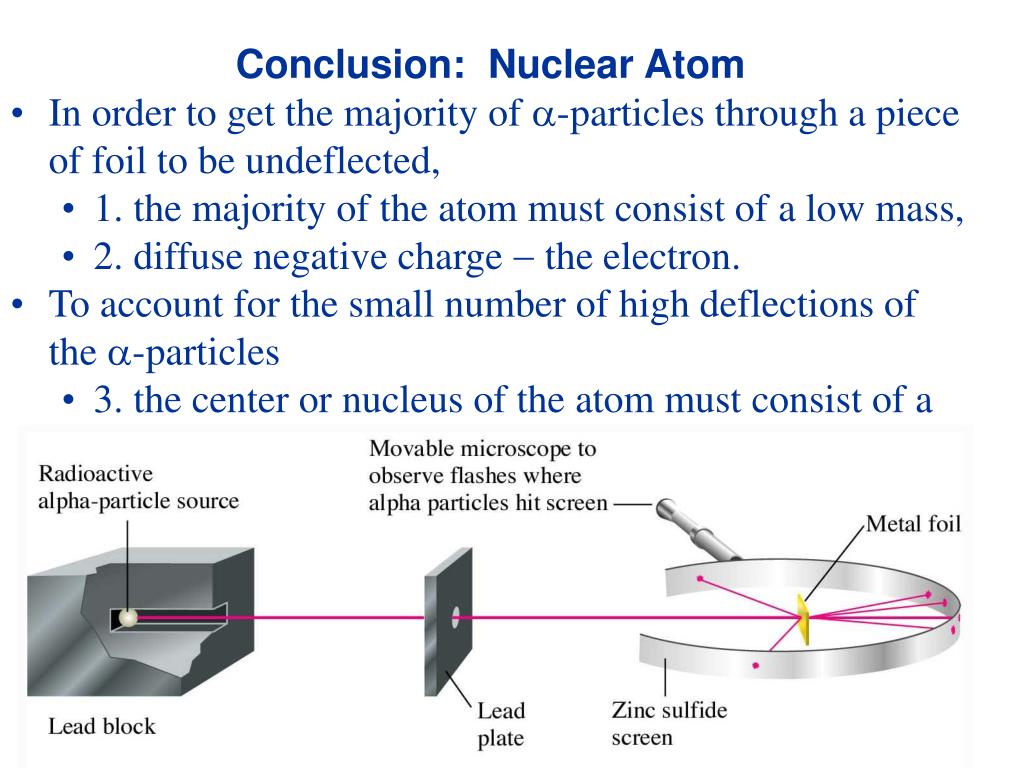

Though Rutherford's work has been carried out by a physicist and with the aid of physical methods, its importance for chemical investigation is so far-reaching and self-evident, that the Royal Academy of Sciences has not hesitated to award to its progenitor the Nobel Prize designed for original work in the domain of chemistry. Hasselberg, President of the Royal Academy of Sciences, explained: At the Nobel Prize presentation address on December 10, 1908, Prof. He was a physicist and considered physics as the most important science of all. Although a great honor for such a young scientist, it was ironic for Rutherford to go through life as a Nobel Laureate of Chemistry. It was for this work that Rutherford received the Nobel Prize in Chemistry. Furthermore, he demonstrated that the lighter atom produced as a product of the decay of radium would likewise be radioactive, and in turn, decay to another even lighter atom, and so on until the final product atom was stable.

Rutherford and coworkers were able to demonstrate that the alpha particle was an atom of helium (later to be determined to be a nucleus of helium), and that helium gas would accumulate or be entrapped in minerals that contained radium. The first of these was the discovery that radioactive atoms that emit α-particles or β-particles disintegrate into atoms of lighter weight, in other words, atoms of an element such as radium that emit α-particles undergo transformations to atoms of a lighter and consequently different element. It is at McGill University where he began to make his major discoveries in the field of nuclear physics. These terms devised by Rutherford soon took acceptance and came into common use by the scientific community as the convenient nomenclature, which remains today, for identifying these three types of radiation.Īfter 3 years at the Cavendish laboratory, Rutherford moved in 1898 to McGill University in Montreal at the age of 27 to take on the position of professor of physics. “… was led to the conclusion that two types of radiation of very different penetrating power were present – one that is very readily absorbed, which will be termed for convenience the α-radiation, and the other of a more penetrative character, which will be termed the β-radiation, … and when a still more penetrating type of radiation from radium was discovered by Villard, the term γ-rays was applied to them. From this experiment he made his first discovery concerning radioactivity, stating at his Nobel address: Because Becquerel showed that the radiations from uranium could, as well as X-rays, discharge an electrified body (ie, cause ionization), he decided to examine the effect of placing successive layers of aluminum foil over uranium oxide on the efficiency of the emanations to cause the electrical discharge. Rutherford was captivated with the recent discoveries of X-rays by Röntgen and the subsequent discovery by Becquerel of the mysterious natural radiations from uranium. At Cambridge, Rutherford stood out as a great experimenter and thinker, who could make major discoveries concerning radioactivity and atomic structure without expensive equipment and only limited resources. Thomson, who would later in life also win the Nobel Prize in Physics. At Canterbury Rutherford won another scholarship as a research student at the Cavendish Laboratory, University of Cambridge under J.J. Alexander Bickerton at Canterbury, who displayed such an enthusiasm for science, it gave him the stimulus to pursue scientific research on his own. Although Rutherford worked hard and had an inquisitive mind, he credited his teacher, Prof. He won a scholarship to Nelson College, where he learned elementary science and mathematics and excelled to win another scholarship to continue his education at Canterbury College, which is now the University of Canterbury in New Zealand.

Ernest excelled in science and mathematics, and could only achieve a higher education through financial aid with scholarships. Rutherford grew up as a farm boy in New Zealand, raised by parents who had emigrated from Britain with modest means but who had instilled in their children the power of knowledge and the importance of completing all their schoolwork to the best of their abilities.


 0 kommentar(er)
0 kommentar(er)
